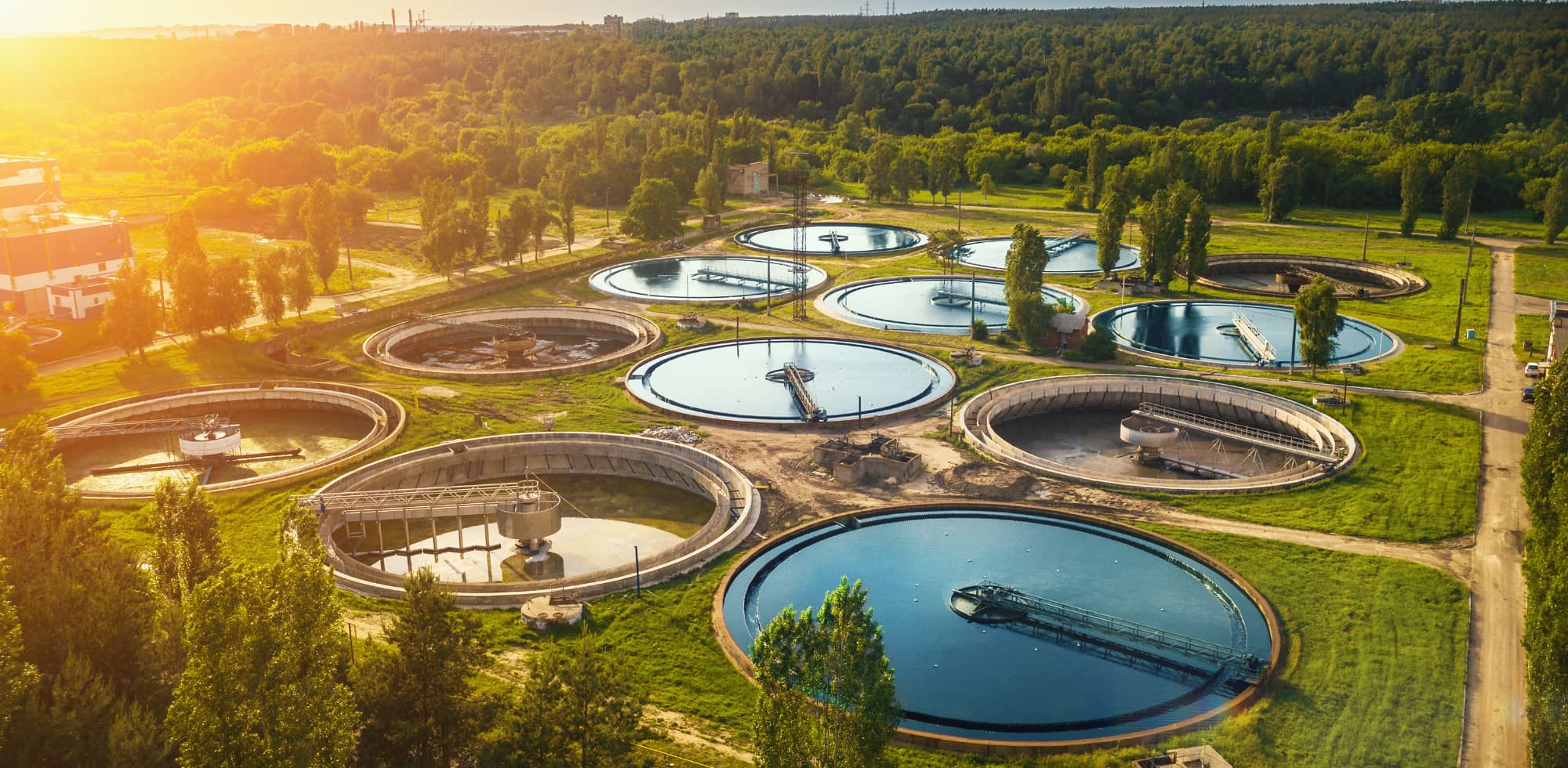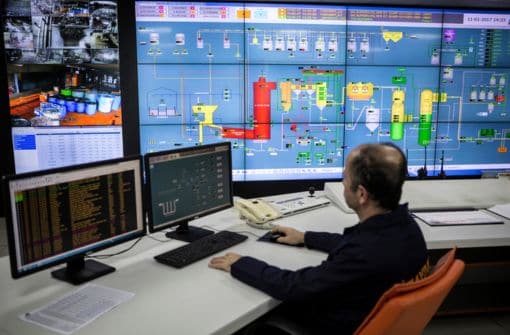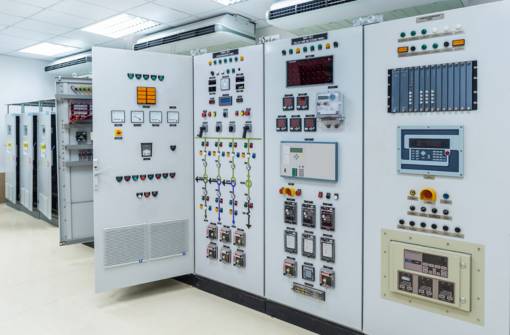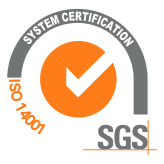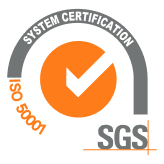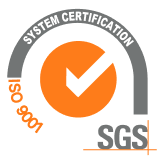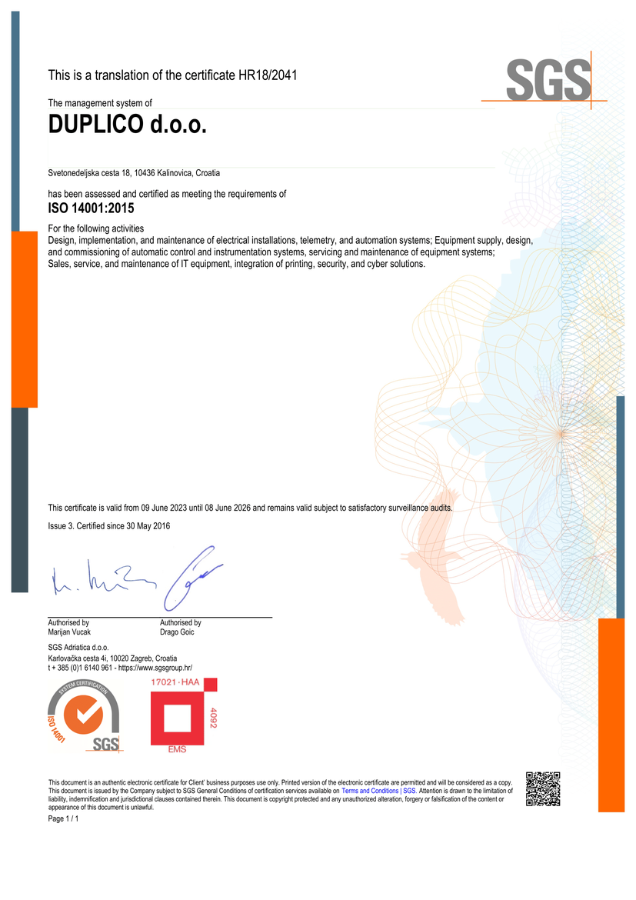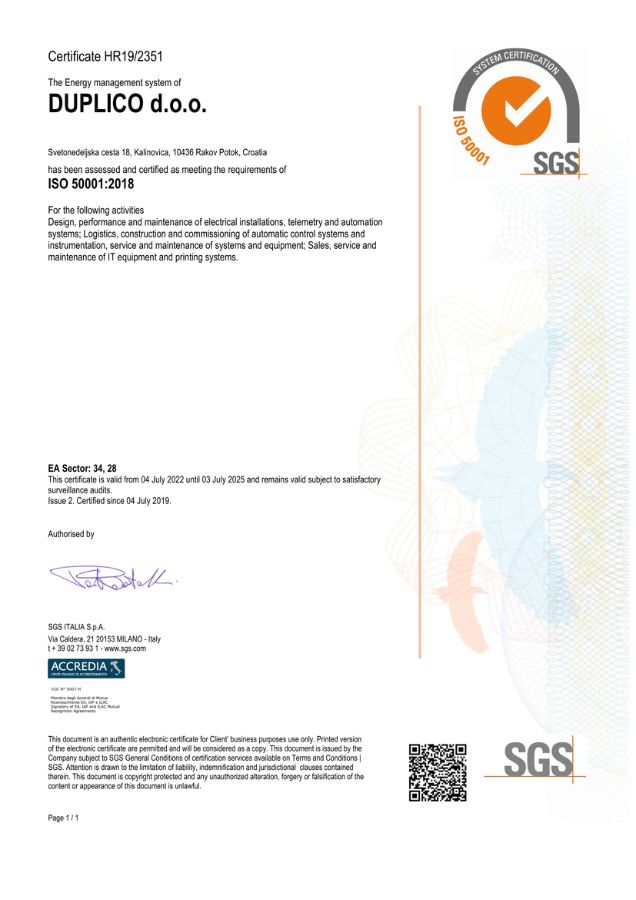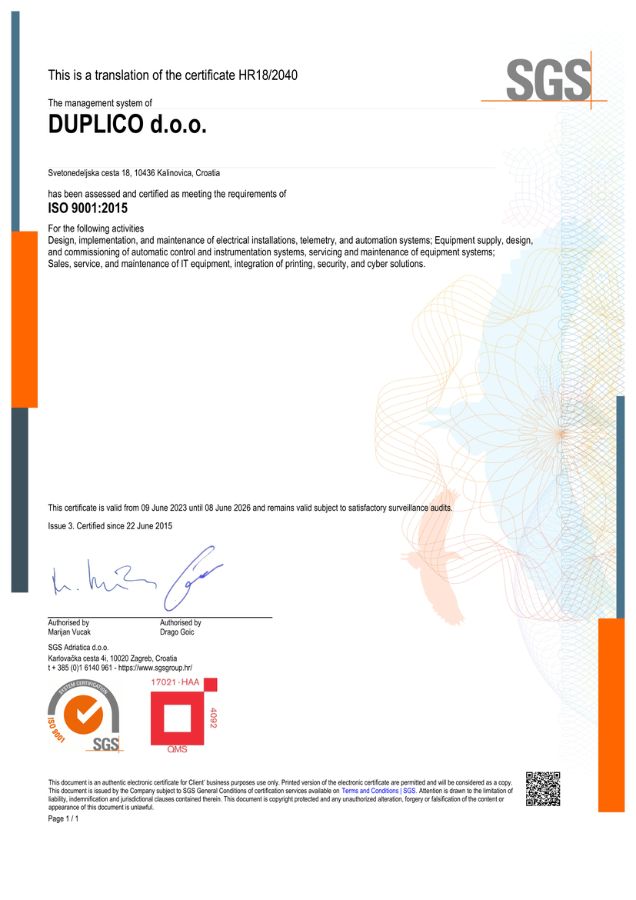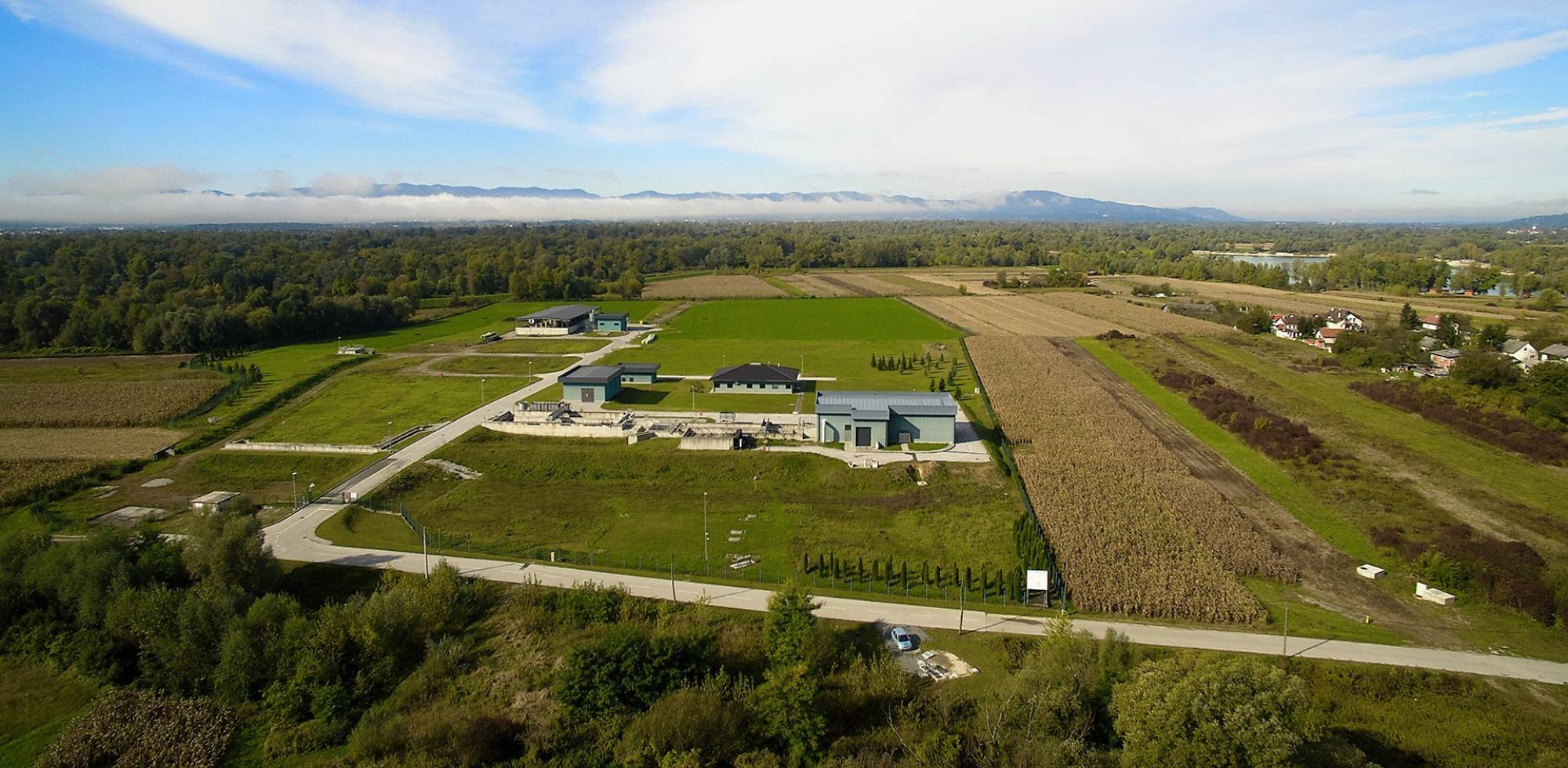Water distribution system
Water distribution systems are complex systems consisting of pipes, water wells, different types of pumping stations, water tanks, waste water purifiers, hydrants and many other elements.
Most of the systems were built many years ago and today they are facing many challenges.
One of the biggest challenges in water distribution systems are water losses (leakages) in the distribution. They happen throughout the entire system in many aspects of the system, such as valves and pumps, dirty filtering on water purifier systems, leakages on fittings and others.
Losses have a direct impact on the economy of the distribution itself and are the usual focus of the water distribution companies.
To help with solving this issue we have created an EPAScada system.
What is EPAScada?
EPAScada is an application that dynamically monitors and analyzes hydraulic changes in the water supply distribution system in order to control losses.
EPAScada is the interaction of EPAnet as an application for hydraulic modeling and a SCADA system responsible for monitoring and control. The results obtained from this interaction are displayed in the Google Maps environment with additional function menus, which turns Google Maps into a tool that unites GIS, EPANET and SCADa systems into a single functional unit that defines the locations of leak points in a simple, interactive way.
Everything takes place in real time with real data obtained from the SCADA system. Such an approach to loss monitoring represents the state of the art in solving this problem, because for the first time, loss monitoring is performed as a simulation in real time, and not with historical data, as it has been the case so far.
Given that insight into historical data is an important element, a special part of the EPAscada application deals with the historical display of data, for the purpose of easier management of resources and water supply infrastructure.
How does EPAScada work?
Measured data from water supply facilities (flow, pressure, status of pumps and valves, levels in water reservoirs, measurements of residual chlorine, etc.) are transferred to the SCADA application in real time by the telemetry system.
With the EPAScade program code, these data is converted and placed as input data in the EPAnet simulation model of the distribution area in question, the processed simulation results are compared from EPAnet with the measured values, and leak points are defined.
An error in the quality of the hydraulic model creation increases the sensitivity of the system, so this approach enables the calibration of the hydraulic model with real-time data in real, not assumed, conditions. It is clear that by constantly calibrating the model, it will be possible to determine even the smallest leaks in the system and continuously monitor them, regardless of the season and the change in the consumption regime.
The EPAScada application enables the display of results obtained from EPAnet in a user interface, which is identical to the Google Maps interactive interface, expanded with additional menus, which provide all the necessary functionality for detecting losses.
This kind of Human Machine interface was chosen precisely to provide the user with a simple and quick insight into the state of the system. The red color of the pipeline represents an error about the potential location of the leak, the black color represents the basic direction of water flow in the pipeline, while the blue represents the reverse direction.
Even just the basic view shows suspected places of leaks and enables immediate insight into the geographic locations of problematic pipelines.
On the same interface, all the current statuses of the water supply network, potential losses on specific parts of the network, as well as detailed characteristics of individual parts of the network (valves, pipes, etc.) can be displayed.
Let's talk.
You got a project or a need for an EPAScada solution. Contact us today and some of our engineers will get back to you ASAP to discuss the project's requirements in further detail.
